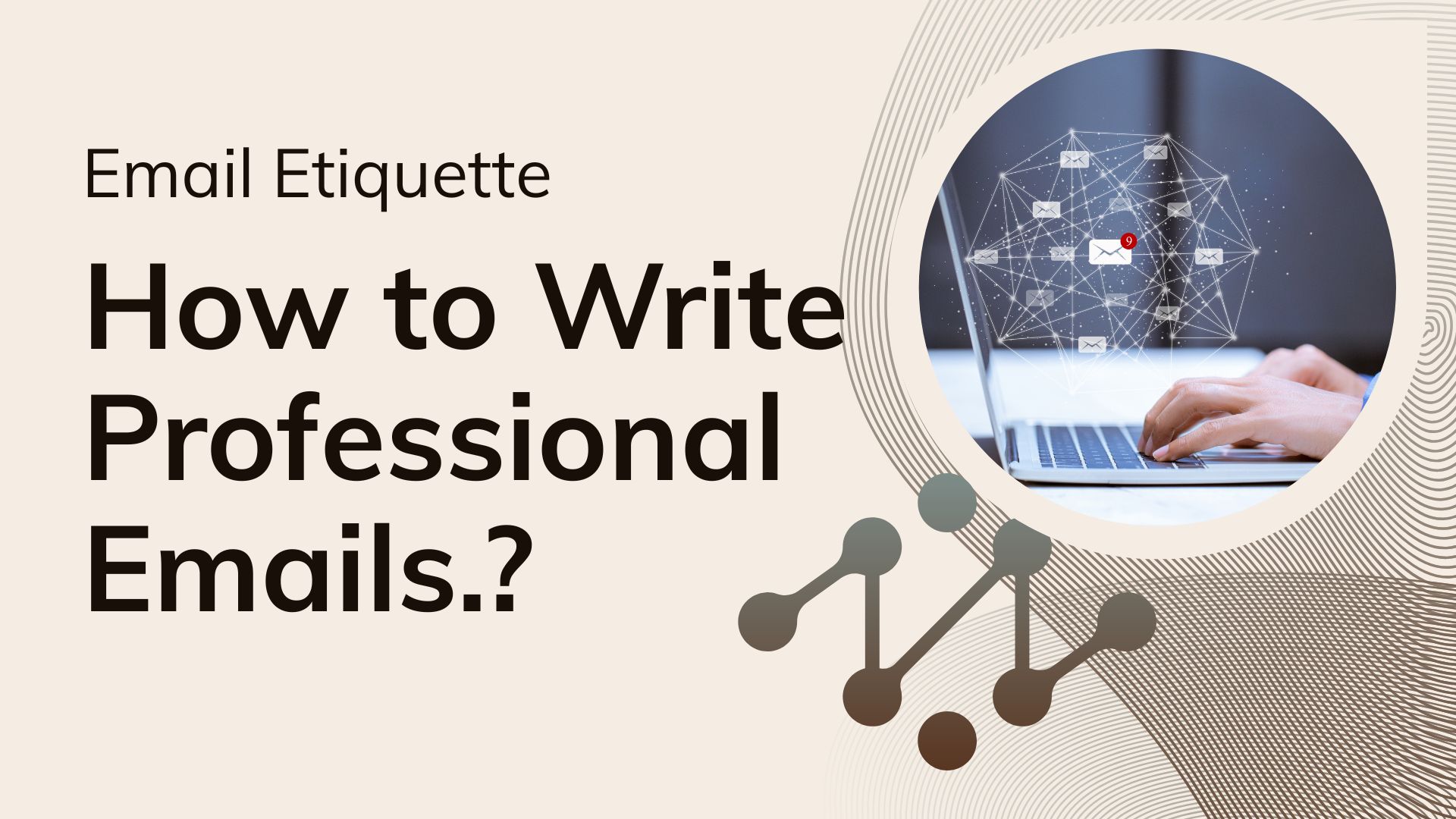Want to make a strong impression through email? Learn essential email etiquette tips to write clear, professional, and effective emails. This guide covers structure, tone, common mistakes, and real-world examples to help you communicate with confidence in any professional setting.
Login to get the code.

